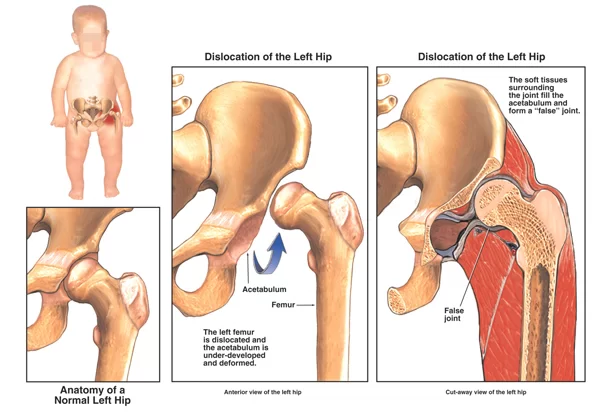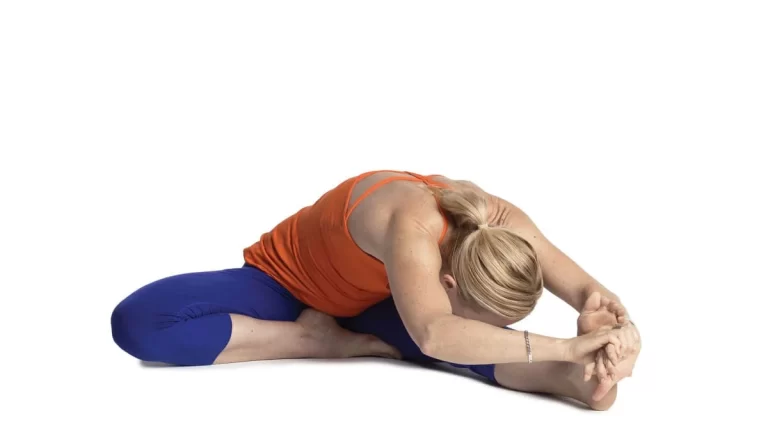11 Best Yoga Poses for Diabetes to Control Blood Sugar Level
Introduction
Yoga can support reducing blood glucose levels in patients with type 2 diabetes, according to studies. Yoga can help reduce blood sugar levels in type 2 diabetes patients, as per the study.
Diabetes a metabolic disorder requires to be managed virtually to prevent one from the risk of several diseases like cardiac problems, stroke, kidney problems, lower leg amputation, blindness, etc. Apart from medication, the person is advised to lose weight, change their dietary habits by incorporating low Glycemic Index (GI) nutrition in their diet, and do yoga and other workouts to keep blood sugar levels in check.
While type 1 diabetes occurs when the body stops making insulin as a result of an autoimmune response, in type 2 diabetes which is more common in people, insulin resistance is produced due to which the sugar remains in the blood, instead of being utilized by the body and leads to many health issues.
Several analyses have established the effectiveness of Yoga in decreasing blood glucose levels in persons with type two Diabetes.
How yoga supports diabetes?
The authors found a significant increase in the acute phase of insulin release which was paralleled by boosts in c-peptide levels in the yoga group as compared to the control group after three months of intervention. Boosts in GLP-1 and beta-cell function were even recorded, as gained in insulin resistance and measures of heart rate variation in those in the yoga protocol group.
Perceived stress levels in the yoga group shifted from severe at the start of the study to moderate at the end, whereas the walking controls had no change. Lastly, the authors discovered that anxiety levels were positively correlated to beta-cell function.
Yoga for Diabetes: 11 Asanas for Managing the Diabetes
Marjariasana
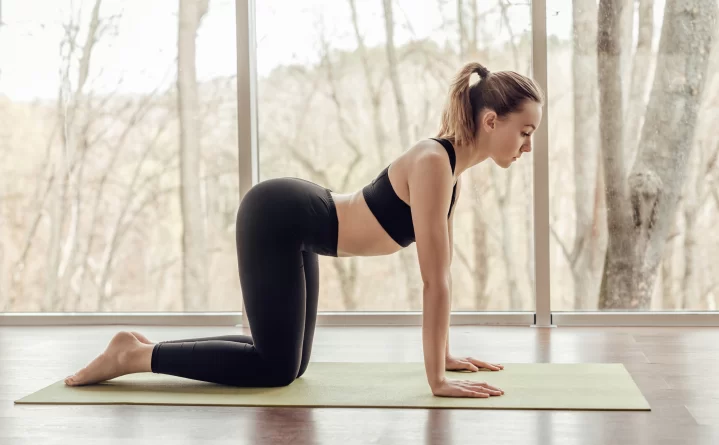
To do the Urdhva Mukhi Marjari aana pose, reach on your knees, seat your palms under your shoulders and knees under your hips, and then inhale, and curl your backbone to look up. For Adho Mukhi Marjari Asana, exhale, round your back, and drop your chin to your chest. Concentrate your gaze on your navel region.
Paschimottanasana

Even known as placed forward flex, start the pose by lengthening your legs forward while ensuring that your knees are slightly bent. Increase your arms upward and maintain your spine erect. Exhale and turn forward at the hip, seating your upper body on your lower body. Attempt to maintain your big toes with your fingers.
Pregnant females should refrain from practicing this pose. Furthermore, those suffering from slipped discs, sciatica, or asthma should avoid accomplishing this apart from ulcer patients.
Adho Mukha Svanasana
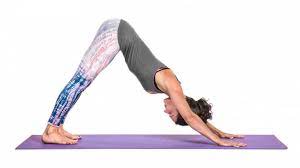
Even comprehended as a Downward-facing Dog pose, start this pose on all fours and ensure that your palms are under the shoulders and knees below the hips. Lift the hips, straighten the knees and elbows, and create your body in the shape of an inverted ‘V’. Now, maintain the hand’s shoulders width apart. Maintain your eye and concentrate on your big toes.
This pose shouldn’t be performed in case you are suffering from carpal tunnel syndrome (medial nerve compression) and/or diarrhea. Even, avoid this pose in the advanced phases of pregnancy. If you have high blood pressure and headache, go slowly and in case of chronic or recent injury to the arms, hips, shoulders, and back, this pose must be avoided.
Balasana
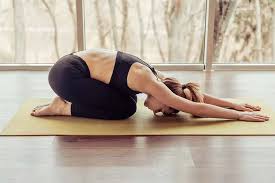
It is even known as Child’s Pose. To perform this asana, kneel on the mat and sit on your heels. Inhale and boost your arms above your head, exhale, and bend your upper body forward. Seat your forehead on the floor resting your pelvis on the heels. Ensure that your back isn’t hunched.
Manduka Asana
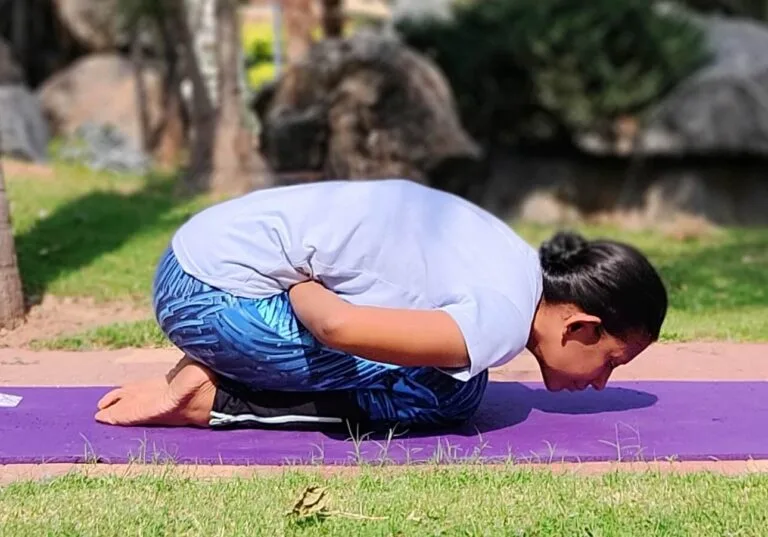
Another name for this asana is Frog Pose. Begin this pose by seating in Vajrasana, and extending your arms in front of you. Fold your thumbs into your palms, cover the remaining four fingers over them, and ball your fist. Flex your arms at your elbows, and place your rolled fists over your navel. Turn your upper body and position it over your lower body. Lengthen your neck and concentrate on your look forward.
Pawanmuktasana
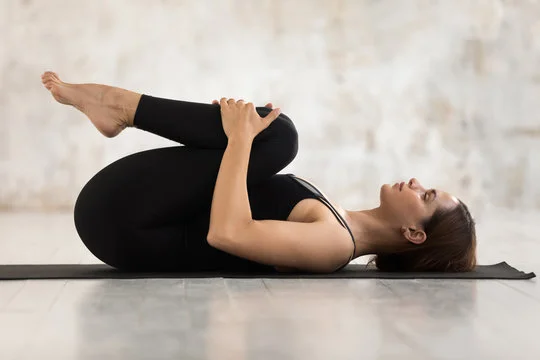
It is one of the good yoga postures for diabetes control, even known as the wind-relieving posture. Pawanmuktasana lowers abdomen fat and strengthens abdominal muscles. Lie down flat on your back. Breathe evenly. Turn your increased legs at the knees. With your hands, grab the regions of your legs right below the knees. Pull your knees back towards your head. Then, lift your head off the ground floor and move it forward till your forehead feels your knees.
Pawanmuktasana affects massaging of the abdomen muscles. This supports to burn off excess fat. It even lengthens the neck and back to release stress from the tense areas. The complete Pawanmuktasana technique reduces conditions of constipation and digestive disorders
Kapalbhati Pranayam

Another influential yoga pose to cure diabetes is Kapalbhati Pranayam. It performs your breathing and enhances respiratory exercises as well as your sugar level. When you inhale, the abdomen should arrive outwards, and upon exhalation, it should move inwards. Six steps to take 20 such breaths to complete one round of Kapalbhati Pranayam. Replicate four to five rounds per day.
Ardha Matsyendrasana
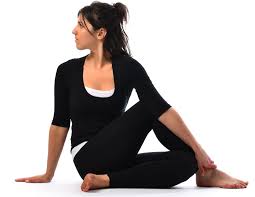
This term is translated as “Half Lord of the Fishes Pose” from Sanskrit which is a seated and half-twisted posture that is beneficial for diabetic persons. This posture evokes digestion and squeezes the toxins out of the body. Seat your hands on the ground floor, palms facing downwards. Roll your hands underneath your thighs, close to your buttocks. Maintain your forearms firmly on the floor and lift your chest by weighing down on your elbows. When your chest is off the ground floor, lower your head back till it feels the ground floor.
Sarvangasana
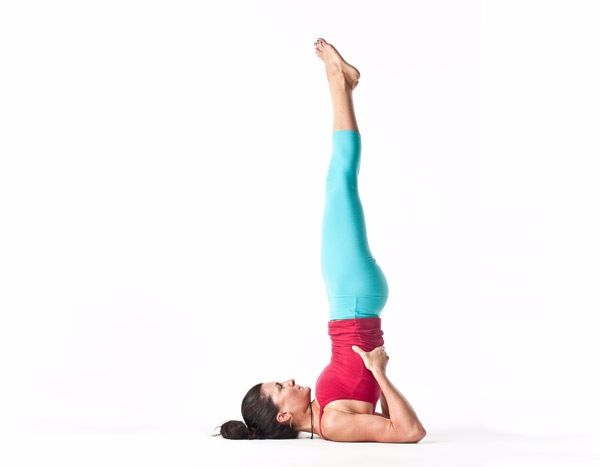
This yoga pose for diabetes control is a deviation of Viparita Karani. All the steps are parallel to Viparita Karani yoga. However, in this asana, you require to push your torso additionally upward to create your body stand on your shoulder. Lie down on the back, with your feet together and arms after your body. Maintaining your head and neck on the ground floor, breathe in as you lift both legs to 90 degrees. As you lift your hips toward the ceiling, set your hands onto your hips and walk your hands up toward your shoulder blades.
Purvottanasana

This pose is parallel to a plank position that supports the cure for diabetes. This posture is a good counterpose for the four-limbed staff posture and supports strengthening the legs, arms, back, and core. Seat your hands a small behind your hips with the fingers suggesting towards the toes, and point your toes. Turn your interior thighs in, draw your stomach in and up, and as you inhale, lift your hips as high as you can, maintaining your chin to your chest. Firm your shoulder blades on your back to support and lift your chest.
Dhanurasana

This yoga pose to heal diabetes taking your body to a bow position and enhances your digestive system. This asana is useful for individuals looking to lose weight. Furthermore, dhanurasana enhances appetite and digestion. It strengthens your abdominal muscles, relieves constipation, and supports managing blood sugar levels.
Benefits of Yoga for Diabetes
- Aids digestion
- Relaxes the mind
- Relieves back pain
- Improved lymph flow
- Improved energy levels
- Improved blood circulation
- Improves cardiovascular health
- may help prevent diabetic neuropathy
- Stretches the feet and legs, preventing cramps
- stimulates the metabolism and reduces cholesterol
- may help overcome obesity and improve metabolism
Conclusion
To conclude, Yoga can be considered an adjunct treatment for those living with diabetes. It may support and enhance almost every health parameter. It encourages both physical and mental health, enhances sleep quality, and reduces blood pressure. Yoga can not only support the control of diabetes better. If practiced long enough it may help minimize the risk of other difficulties. It is necessary to note that most of the clinical trials regarding the effectiveness of yoga in preventing diabetes-related difficulties were done for a short duration of a few weeks and they still positively impacted the health of those living with it.
FAQ
1. Can diabetes be treated with yoga?
In addition to supporting to decrease blood sugar, yoga also boosts good blood circulation and reduces anxiety, which is a key contributing factor to the symptoms of diabetes. So, is yoga good for diabetes? Yes, it is an exercise that impacts your health positively in many paths.
2. Which Mudra is best for diabetics?
Feel the center and the ring finger with your thumb while maintaining your 1st and 5th fingers straight. Maintain the position for five minutes and then replicate it thrice. Performing Apan mudra every day will reduce the effects of diabetes by flushing the toxins out of your body and even supports with blood pressure.
3. How many days of yoga is good for diabetes?
Examination shows that the everyday practice of Yoga poses may benefit body weight, measures, and postprandial blood glucose levels. In one of the studies, 30-60 years of participants were considerably able to enhance their blood glucose levels by practicing yoga for only 40 days.
4. Is yoga better than walking for diabetes?
Yoga is specifically advantageous in maintaining the blood sugar level of the body. It leads to the brain triggering the pancreas to secrete more insulin that regulates the sugar in the blood. On the other hand, walking, a light movement elevates the mood thereby contributing to both a healthy brain and a healthy body.
5. Which yoga is best for pancreas?
Talking about Yoga treatment for the pancreas, he suggested the following four Yoga asanas for enhancing pancreas functioning.
Dhanurasana (Bow Pose)
Baddha Konasana (Cobbler’s Pose)
Janu Shirshsana (Head to Foot Pose)
Virasana (Hero Pose) Virasana (Hero Pose)




